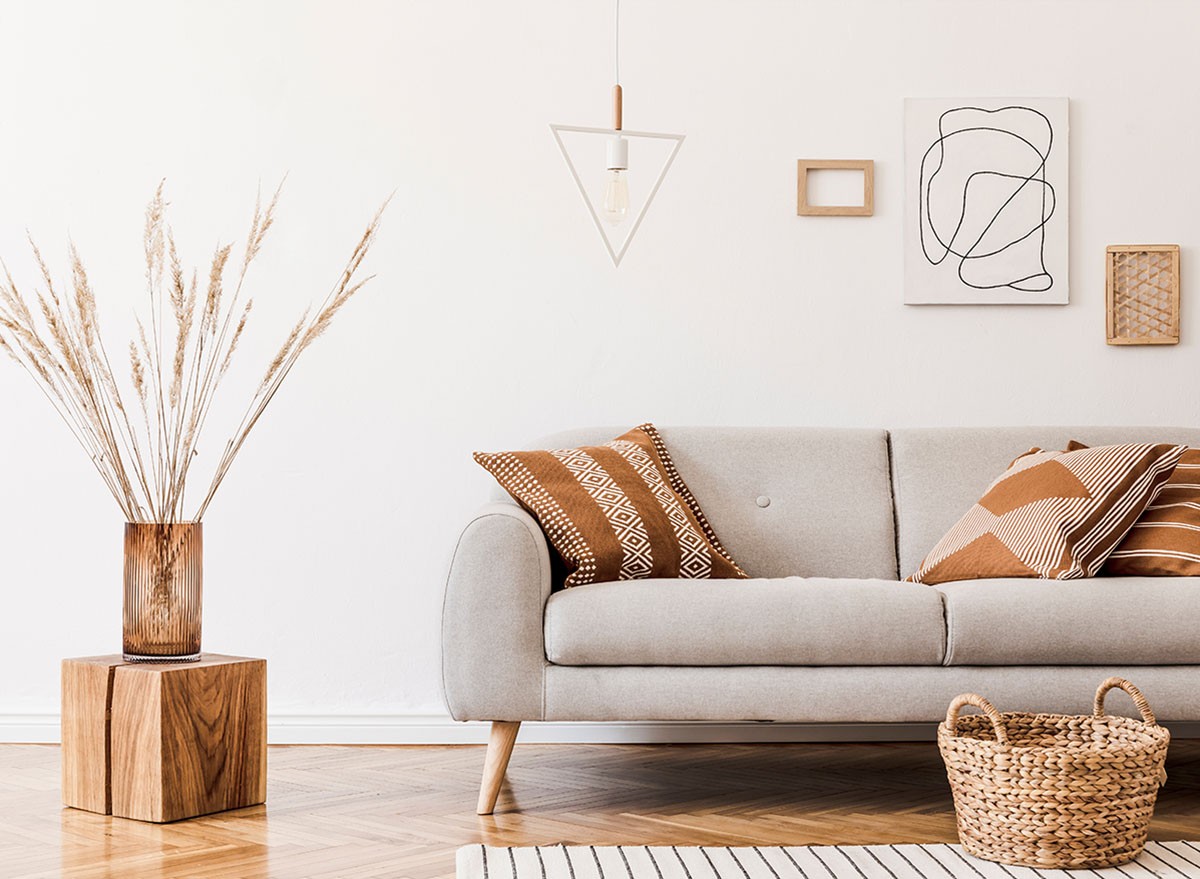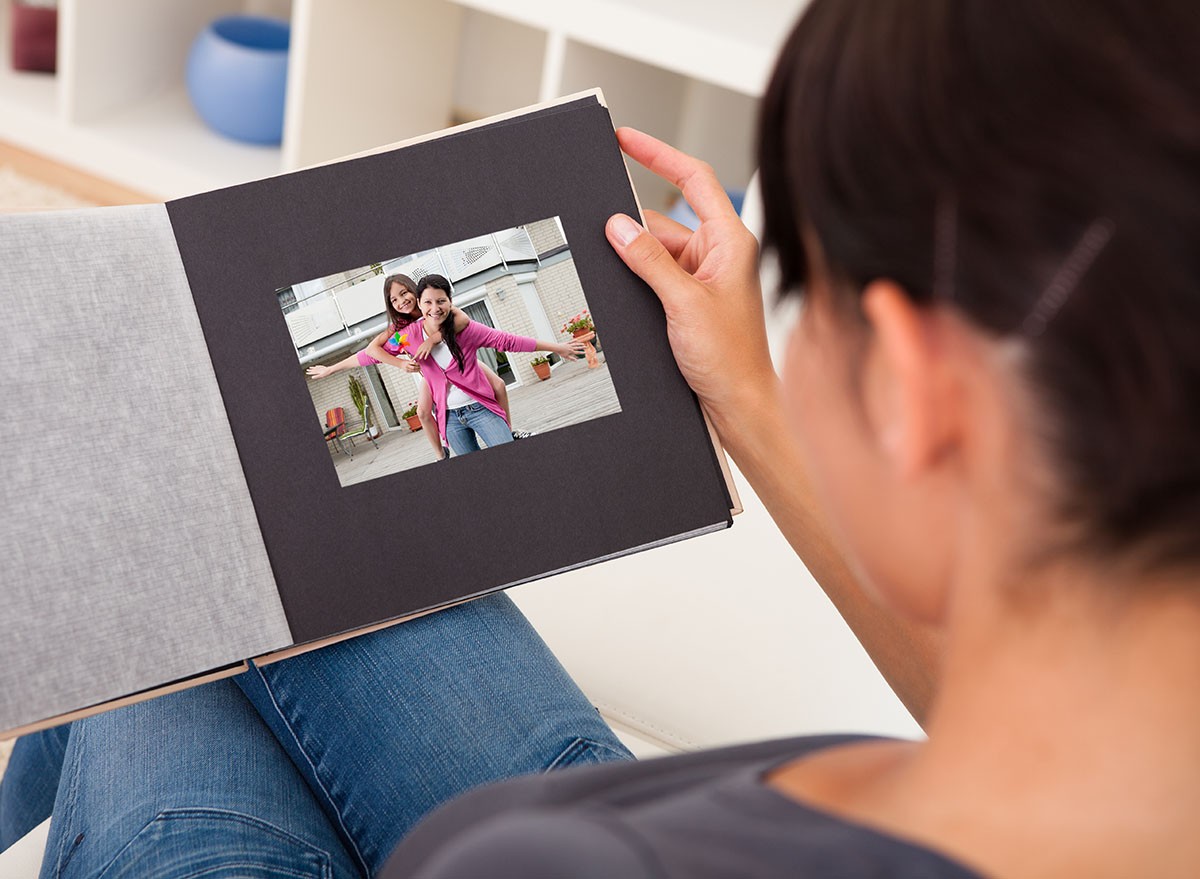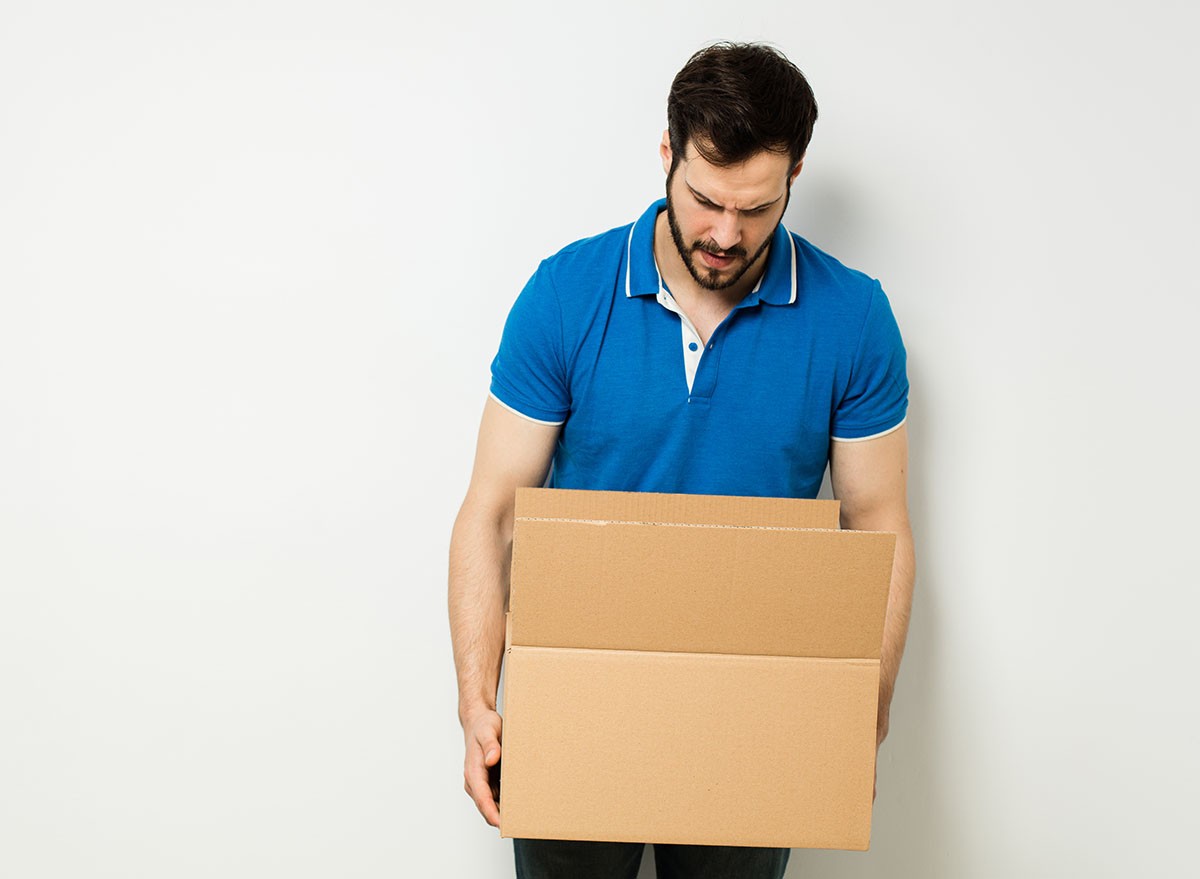Drowning in Clutter? This 30-Day Minimalism Challenge Can Change Your Life

Do you have too much stuff and want to get rid of clutter? The 30-Day Minimalism Challenge might be for you. Each day there is a new task to complete such as donating unused items, clearing space in one area of the house, spending a few minutes unsubscribing from unwanted emails, and so forth. The challenge is designed to simplify, declutter, and organize your home, and to eliminate unnecessary things that take attention, focus and energy away from what truly matters. Best Life spoke with two people who did the 30-Day Minimalism Challenge and here’s what changed for them.
RELATED: 7 Simple Tricks to Declutter Your Life Instantly.
Intentional Choices

As a busy software engineer, Lifei Chen, Founder at buysmart.ai wanted to reduce the clutter and distractions around his space and prioritize what really matters. “Beyond that, I wanted to know how minimalism could improve productivity and make my day-to-day decisions more intentional,” he says. He adds, “I also saw it as an opportunity to reevaluate my consumption habits and align them more closely with sustainability principles.”
After doing the 30-Day Minimalism Challenge, Chen learned that “minimalism is not about deprivation but about making intentional choices. Owning fewer things has led to more clarity, less decision fatigue, and a stronger ability to focus on meaningful goals. I also discovered that curating my surroundings with only the most functional or meaningful items improved my overall sense of gratitude and well-being.”
Mindset Shift

Getting rid of things you’ve held onto is hard to let go of, but Chen learned how to give up unwanted stuff in a healthy way. “The most difficult part of the challenge was parting with items that held sentimental value, such as gifts or memorabilia from past events,” he says. “It required a mindset shift to acknowledge that memories don’t reside in objects but in experiences and emotions.”
Freed From Negative Emotions

Maxime Bouillon, Co-founder & CEO at Archie also struggled with parting ways with things, but realized how limited he was by holding onto too much stuff. “The most difficult part was giving up the things that have a lot of emotional value,” he says. “It seemed that every object was significant, but I gradually understood that memories are not attached to the objects – they are inside of me.”
Bouillon explains, “After some time I felt like I was freeing myself, not only from physical things but from the weight of negative emotions as well. I transformed my environment into a sanctuary and my thinking reflected that, I became more harmonious.”
RELATED: 10 Simple Steps to Declutter Your Kitchen Fast.
Calmer Environment

The demands of everyday life can be overwhelming, but as a result of reducing the noisy distractions in his life, Chen now has a peace of mind. “After completing the challenge, I’ve seen significant changes in my daily life, including a calmer environment, more time for creative pursuits, and greater financial mindfulness. These changes have helped me appreciate the value of simplicity and intentional living.”
Tips for Doing the 30-Day Minimalism Challenge

Letting go of things you place value on isn’t easy. It’s a process that should be taken slowly and at your own place. Here’s tips on how to complete the 30-Day Minimalism Challenge and make more time for things that count.
-Start with small, manageable steps like decluttering a single drawer or closet, says Chen
-Change your mindset. Minimalism isn’t about owning less; it is about treasuring more, Bouillon explains.
-Set realistic goals for each day and celebrate small wins to stay motivated throughout the process, Chen advises. It helps to identify the why behind your challenge—whether it’s to save money, create mental clarity, or reduce waste, he says.
-Have a support system. Building a supportive community of friends or online groups can provide accountability and fresh ideas to stay engaged, Chen says.
-Minimalism is a journey, not a destination, and it’s okay to adapt the challenge to your unique needs and lifestyle, Chen states.